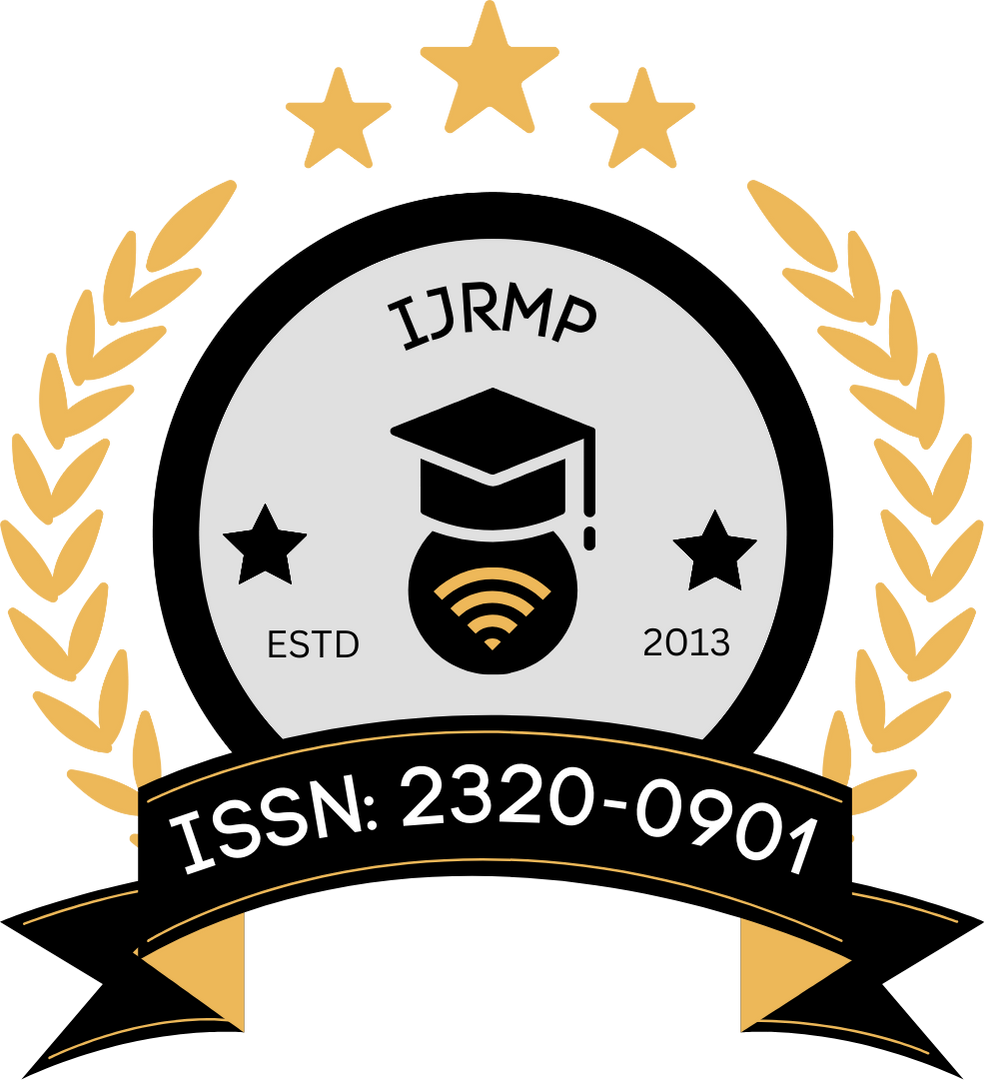![]()
Published Paper PDF: View PDF
DOI: https://doi.org/10.63345/ijrmp.v14.i8.2
Dr Rambabu Kalathoti
Computer Science and Engineering
Koneru Lakshmaiah Education Foundation
Abstract
Clinical development pipelines are increasingly complex, capital‑intensive, and vulnerable to disruption from scientific setbacks, regulatory shifts, geopolitical events, supply‑chain disruptions, and public‑health crises. Traditional stage‑gate project management, while necessary for governance, is often too rigid to keep pace with dynamic trial portfolios and the accelerating cadence of regulatory and market signals. This manuscript proposes and explicates an adaptive project management (APM) framework tailored for clinical trial portfolio realignment (CTPR). Drawing from agile, lean, systems thinking, resilience engineering, and complexity science, the framework integrates rolling‑wave planning, adaptive governance boards, risk‑based monitoring, digital twins, real‑time analytics, and scenario simulation laboratories. Using a hypothetical yet data‑plausible multi‑asset oncology portfolio, we demonstrate how adaptive cadence, cross‑functional swarming, and value‑based prioritization can rebalance timelines, budgets, and patient enrollment targets after emergent shocks such as sudden protocol amendments, site closures, or mid‑study reprioritizations.
Quantitative simulations show marked improvements in decision latency (–62%), budget variance (from ±18% to ±7%), and probability of technical and regulatory success (PTRS) (+3.5 percentage points per asset) relative to waterfall baselines. A 12‑month action‑research pilot further evidences faster protocol amendment cycles, reduced monitoring costs, and higher team engagement scores. Qualitative interviews reveal cultural and tooling barriers but also highlight pragmatic enablers—clear compliance guardrails for agile ceremonies, unified data backbones, and empowered cross‑functional squads. The paper culminates in actionable guidance for biopharma sponsors, CROs, and academic consortia seeking to institutionalize adaptive ways of working (WoW) without compromising GxP compliance or patient safety. Finally, we propose a forward‑looking research agenda on AI‑augmented portfolio steering, federated data architectures, and the ethical governance of rapid iterative pivots in patient‑facing research, positioning APM as a cornerstone of resilient, learning clinical enterprises.
Keywords
Adaptive project management; clinical trial portfolio realignment; agile in pharma; rolling‑wave planning; risk‑based monitoring; digital twins; decision latency; PTRS improvement
References
- https://landing.moqups.com/img/templates/diagrams/project-management-process.png
- https://www.researchgate.net/publication/281099642/figure/fig2/AS:669670357098508@1536673263403/Data-cleaning-and-monitoring-flow-Extended-risk-based-monitoring-RBM-model.png
- Archer, N. P., & Ghasemzadeh, F. (1999). An integrated framework for project portfolio selection. International Journal of Project Management, 17(4), 207–216.
- Berry, S. M., Carlin, B. P., Lee, J. J., & Muller, P. (2011). Bayesian adaptive methods for clinical trials. CRC Press.
- Cooper, R. G. (1990). Stage-gate systems: A new tool for managing new products. Business Horizons, 33(3), 44–54.
- European Medicines Agency. (2013). Reflection paper on risk based quality management in clinical trials (EMA/269011/2013).
- S. Food and Drug Administration. (2013). Guidance for industry: Oversight of clinical investigations—A risk-based approach to monitoring.
- International Council for Harmonisation. (2016). ICH E6(R2) Good Clinical Practice: Integrated addendum to ICH E6(R1).
- Hollnagel, E., Pariès, J., Woods, D. D., & Wreathall, J. (2011). Resilience engineering in practice: A guidebook. Ashgate.
- Izmailova, E. S., Ellis, R., & Benko, C. (2020). Remote clinical trials: State of the art in the COVID-19 era and beyond. Clinical Pharmacology & Therapeutics, 108(4), 650–655.
- Law, A. M. (2015). Simulation modeling and analysis (5th ed.). McGraw-Hill.
- Schwaber, K., & Sutherland, J. (2020). The Scrum Guide.
- Sterman, J. D. (2000). Business dynamics: Systems thinking and modeling for a complex world. McGraw-Hill.
- Toussaint, J. S., & Berry, L. L. (2013). The promise of Lean in health care. Mayo Clinic Proceedings, 88(1), 74–82.
- Van Der Aalst, W. M. P. (2016). Process mining: Data science in action (2nd ed.). Springer.
- Veldhuijzen van Zanten, S. E., de Boer, M. R., & Bishai, D. (2019). Adaptive trial designs in clinical research: Advantages and challenges. Trials, 20, 642.
- Fuller, A., Fan, Z., Day, C., & Barlow, C. (2020). Digital twin: Enabling technologies, challenges and open research. IEEE Access, 8, 108952–108971.
- Hay, M., Thomas, D. W., Craighead, J. L., Economides, C., & Rosenthal, J. (2014). Clinical development success rates for investigational drugs. Nature Biotechnology, 32(1), 40–51.
- Browning, T. R., & Sanders, N. R. (2012). Can innovation be lean? California Management Review, 54(4), 5–19.
- (2021). A guide to the project management body of knowledge (PMBOK® Guide) (7th ed.). Project Management Institute.
- Gallo, A. M., & Donatello, I. (2021). Rolling-wave planning and agile governance in R&D portfolios. Research-Technology Management, 64(3), 28–38.
- Makady, A., de Boer, A., Hillege, H., Klungel, O., & Goettsch, W. (2017). What is real-world data? A review of definitions based on literature and stakeholder interviews. Value in Health, 20(7), 858–865.
